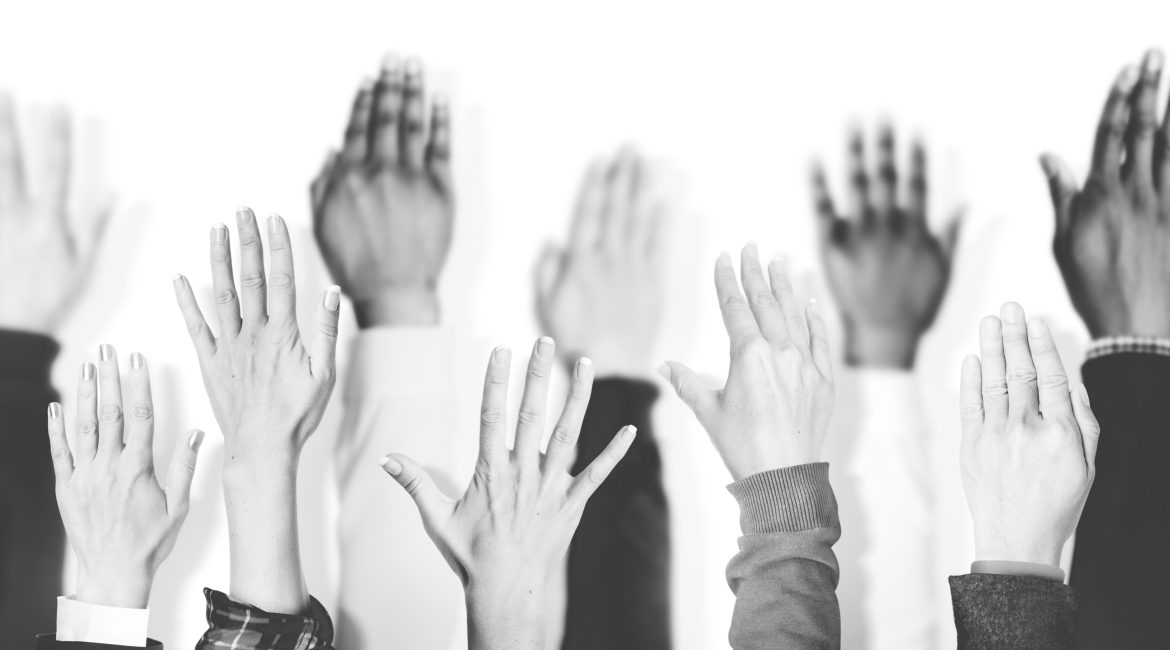It's true that Bashar al-Assad left the palace on the evening of December 7, 2024, and Ahmed al-Sharaa entered it the next day without a single bullet being fired in the capital. This is a rare case in history, but the path to the new regime is not paved, nor is the journey smooth.
The path to change from Idlib to Damascus was open because the majority in Syria, the region, and the world truly desired change.
The process of uprooting the Assad regime itself was a long and bloody struggle, and perhaps the most complex process of change in the region. From this perspective, we should read current events in this context, not in the context of the moment of victory.
Optimism, enthusiasm, and widespread support did not prevent political events from occurring: confrontations with Allawites on the Mediterranean coast, the bombing of Christian churches in Damascus, and disputes with the Druze in Sweida and with the SDF in Raqqa. The crises that have occurred, and the crises that may occur later, are expected. The domestic consensus is to oust Assad loyalists, and the alternative regime will need time to build trust. There is also the troubled regional environment, where those affected by the change will need time to test waters, accept the new reality, and cooperate with it.
Amidst the confrontations between local components, there are two groups that pose a real threat. The first is hostile, most notably the remnants of the former regime, forces in Iran, and local gangs such as drug mafias. These people seek to create a climate of confrontation that will grow with time, and they will push towards chopping Syria, and the emergence of independent regions.
The second category, which is part of the regime, participates in creating crises and has its own viewpoints on the country's governance and relations with the world. This loyalist group is no less dangerous to the regime than its hostile counterpart, as it incites conflicts and deepens divisions. Its danger lies in the fact that it drags the Syrian regime into a confrontation with the regional regimes and invites foreign powers to invest in a local civil war.
These traps require wisdom in handling them so that they do not distract the government from carrying out the more difficult task, which is building the new state that the majority of Syrians await, in terms of improving living standards and transitioning to a modern state.
Sharia law has domestic popularity that it must boost to prevent it from eroding as a result of the many upcoming challenges, most notably bread shortages, high prices, low salaries, and the slow arrival of foreign aid. These challenges have nothing to do with Iran or the remnants of the regime, adding to the need to suppress the social conflict, which is in itself a civil war project. Those involved in it, whether in the name of freedoms or defending the regime or against it, are working to inflame the conflicting components of the population, haunted by anxiety and suspicion.
The international community wants a civil state with a disciplined security and military apparatus, and the new Damascus regime needs time to organize its ranks and win over Syria's various factions. Then there are powers in the region that have failed to create extremist regimes and want Syria to be another Gaza or Afghanistan.
Therefore, Syria will not be the Iranian model that is about to set, nor will it fight on behalf of others, against Israel or Iran, and it is not supposed to allow others to transfer their battles to its interior.
Amid these ethnic, sectarian, and regional tensions, the path will continue to be difficult. The regime inherited a devastated country, violated by internal and foreign forces. Addressing this situation will require political skills, not muscle, and a sixth sense that anticipates and defuses crises.

